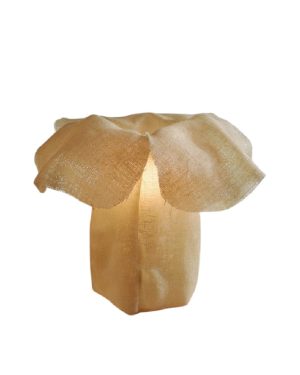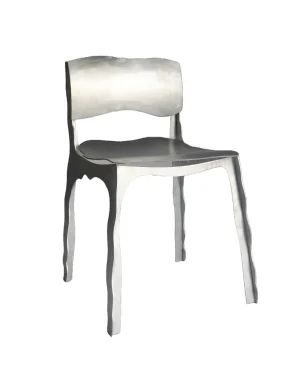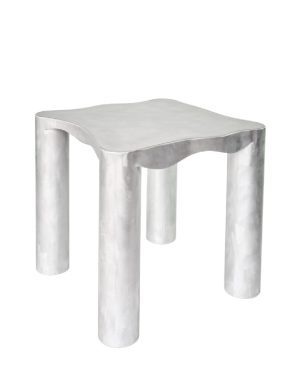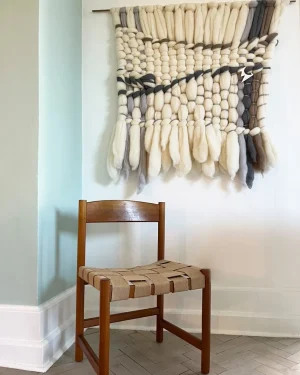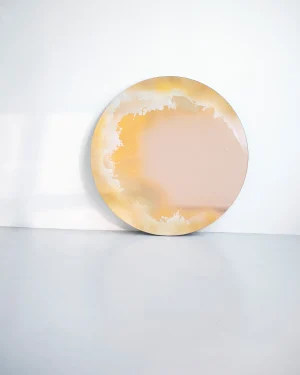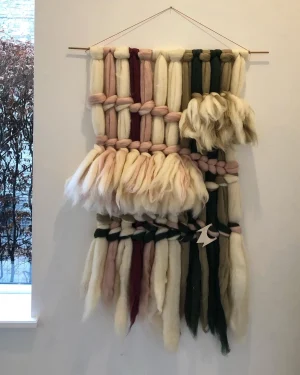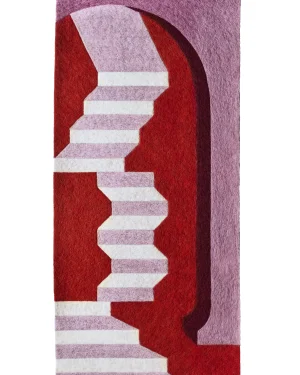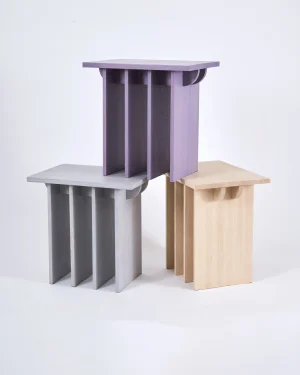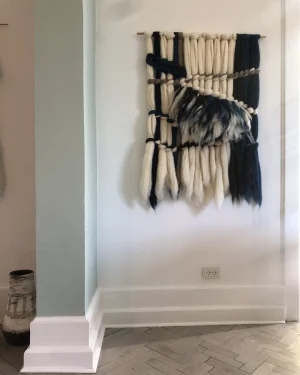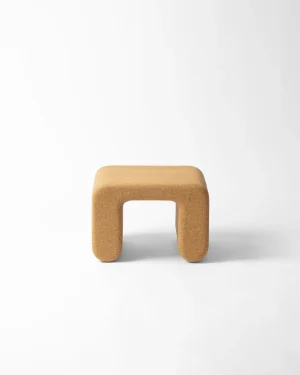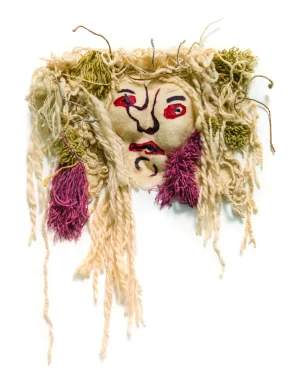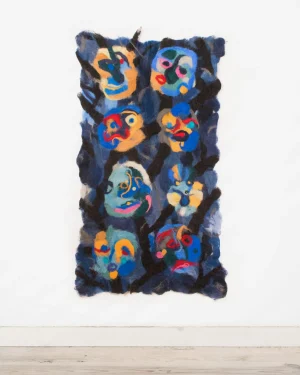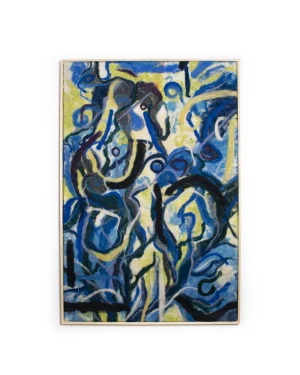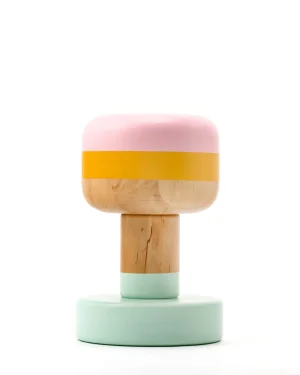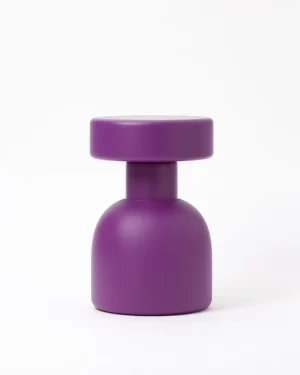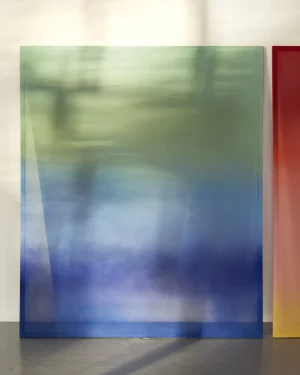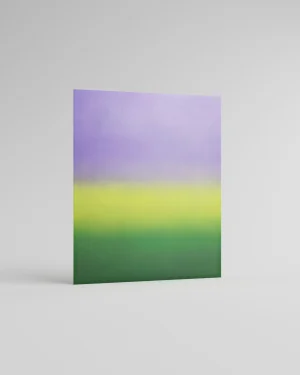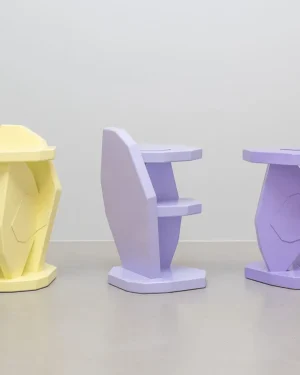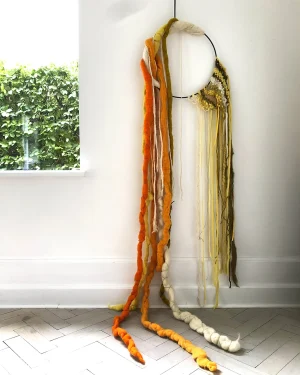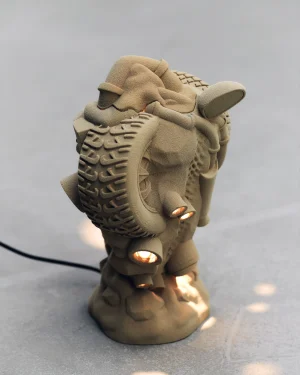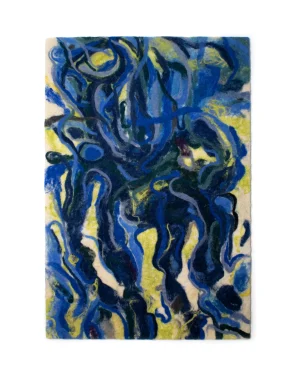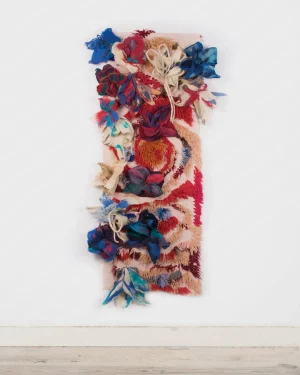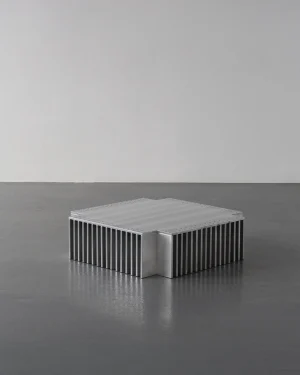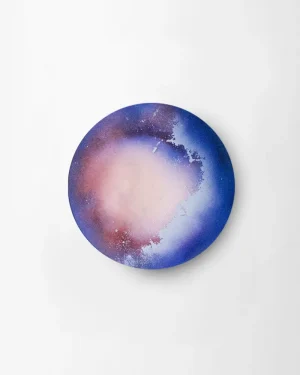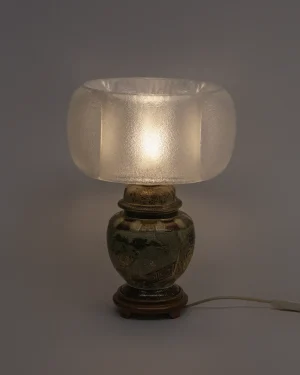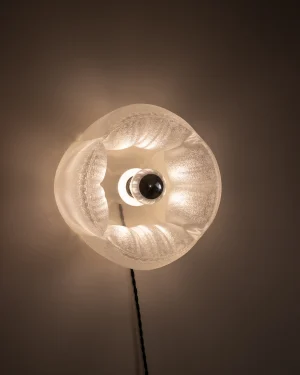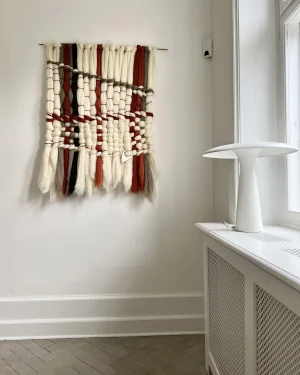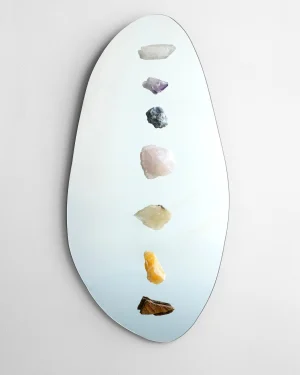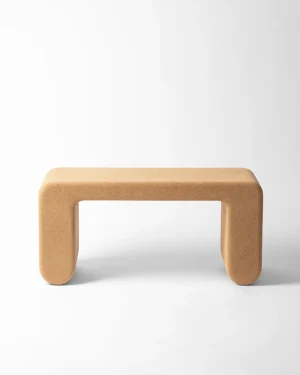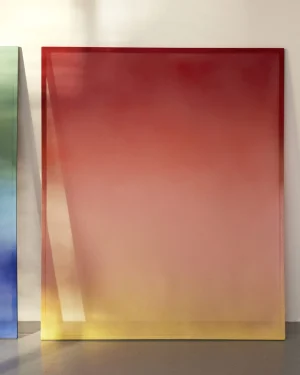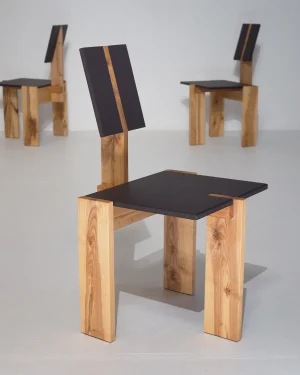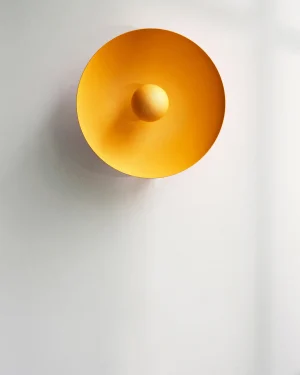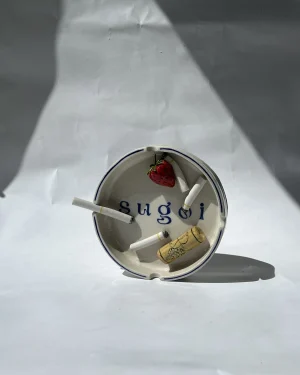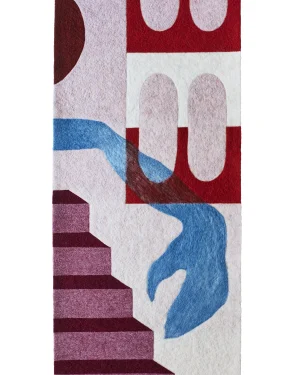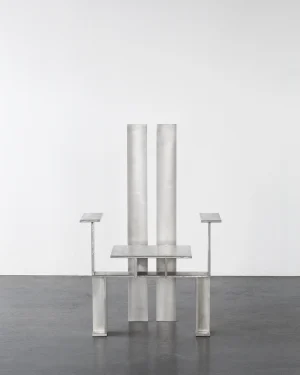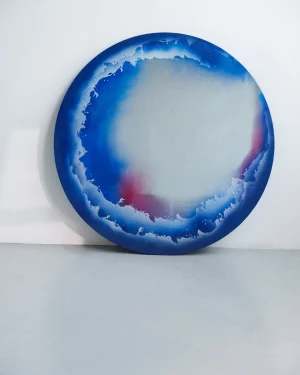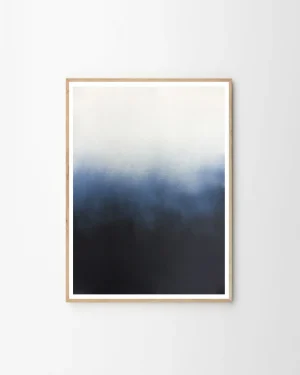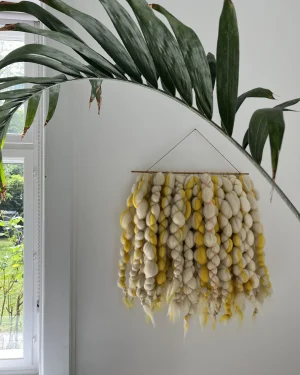Danish design is celebrated worldwide for its clean lines, functionality, and craftsmanship. It embodies a minimalist aesthetic, focusing on simple forms and practical functionality while emphasizing quality and timeless elegance.
- Minimalist Aesthetic: Danish design is known for its simplicity and focus on form and function.
- Craftsmanship and Quality: High-quality materials and craftsmanship are hallmarks of Danish design.
- Functional Design: Every aspect of Danish design is intended to improve daily life through practical functionality.
Contemporary Danish Designers
Denmark has long been a major force in the world of design, and continues to produce renowned artists whose creations have a global influence.
- Signe Fensholt: Harnesses the performative aspect of ceramic materials, allowing natural forces to shape her creations.
- studio YOLK: Integrates diverse design expertise within a family-based art and design space, with collaborative cross-disciplinary work at its core.
- Edoardo Lietti Studio: Combines a passion for applied arts with honest materials, crafting pieces characterized by humor, and a fusion of history with contemporary design.
Common Materials in Danish Design
Danish design makes extensive use of natural materials, reflecting a deep appreciation for sustainability and natural beauty.
Defining Characteristics of Danish Design
The essence of Danish design lies in its simplicity, functionality, and human-centric approach, creating products that are both beautiful and usable.
- Simplicity and Elegance: Clean lines and a minimalist aesthetic define Danish design.
- Human-Centric Design: Focus on ergonomics and the user\'s comfort.
- Sustainability: An increasing emphasis on eco-friendly processes and materials.
Modern Perception of Danish Design
Today, Danish design is synonymous with modern living, celebrated for its innovation, aesthetic appeal, and sustainability.
- Global Appeal: Danish design items are coveted worldwide for their aesthetic appeal and functionality.
- Sustainability and Innovation: Leading in sustainable design practices and innovative solutions.
- Quality of Life: Enhancing everyday living through design that focuses on functionality and comfort.
Influences on Danish Design
Danish design is influenced by the country\'s cultural heritage, its natural environment, and the principles of the Modernist movement.
- Scandinavian Traditions: Rooted in the broader Scandinavian ethos of simplicity and functionality.
- Natural Environment: Inspired by Denmark\'s landscapes, incorporating light, space, and natural materials.
- Modernist Principles: Embraces Modernism\'s focus on functionality, innovation, and minimalism.

